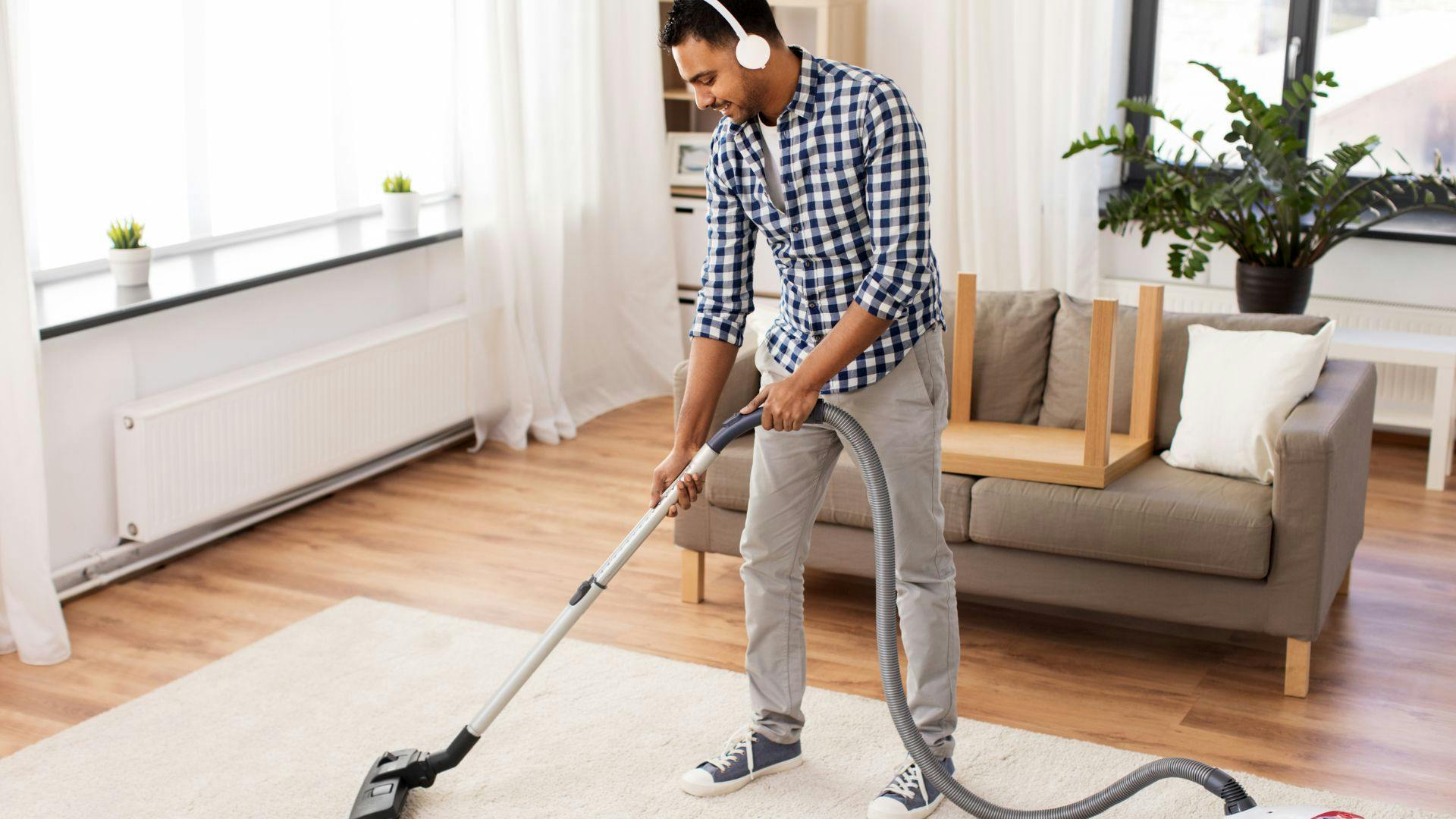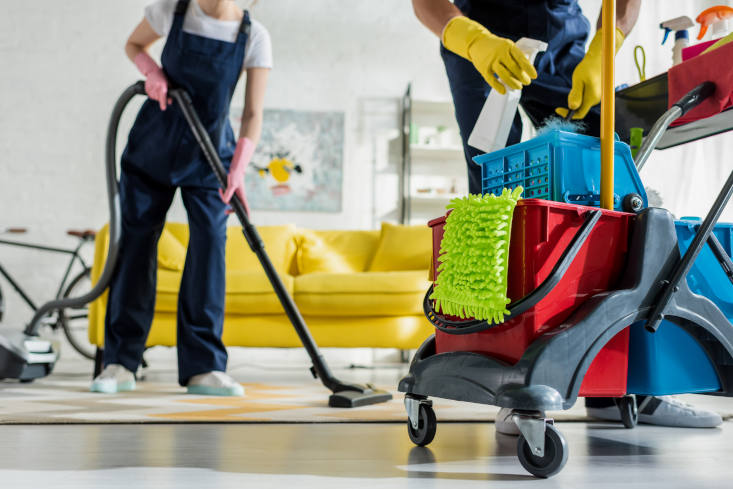Master Everyday Cleaning Techniques: Exactly How to Correctly Scrub the Surfaces and Maintain a Clutter-Free Home
Recognizing the Demand for Completely Decontaminating and Sanitizing Regularly Touched Surfaces in High-Traffic Locations
In the realm of public health and wellness and safety, the thorough disinfection and sanitization of often touched surface areas in high-traffic areas stand as paramount actions in preventing the spread of dangerous pathogens. The significance of this technique extends much past mere tidiness, delving into the realm of illness avoidance and neighborhood health. By exploring the different aspects of surface area disinfection, from the dangers linked with neglecting cleaning procedures to the reliable methods that can be employed, a clearer understanding emerges of the crucial duty these methods play in securing public wellness. As we browse this discussion, it becomes obvious that the ramifications of detailed surface sanitation resound not just within the boundaries of a specific atmosphere however additionally reverberate on a more comprehensive scale, affecting the health and wellness and security of individuals across varied communal setups.
Value of Surface Sanitation
Highlighting the comprehensive disinfection of high-traffic surface areas is vital in preserving a sanitary setting and avoiding the spread of damaging virus. High-touch surface areas such as door deals with, light switches, elevator switches, and kitchen counters work as reproducing grounds for bacteria and viruses. Regular sanitation of these surfaces is necessary to lower the risk of contamination and transmission of illnesses.
By carrying out a robust sanitation procedure, organizations and organizations can produce a much safer atmosphere for customers, workers, and visitors. Correct surface area disinfection not only mitigates the spread of infectious illness but likewise infuses self-confidence in the cleanliness and security of the premises. This positive strategy demonstrates a commitment to health and wellness and health, which is particularly crucial in high-traffic locations where the likelihood of exposure to microorganisms is heightened.
Furthermore, surface area sanitation plays an important duty in overall infection control strategies. Integrated with hand health practices, wearing masks, and maintaining physical distancing, extensive sanitation of high-touch surface areas forms a comprehensive defense against the transmission of hazardous bacteria. Focusing on surface area sanitation is an essential component of a holistic technique to wellness and safety and security in common areas.
Risks of Overlooking Cleaning Practices
Disregarding comprehensive disinfection of high-traffic surface areas substantially increases the danger of bacterial and viral contamination, posing a serious hazard to the health and wellness of individuals often visiting these areas. Failure to apply proper cleaning practices can lead to the buildup and spread of harmful virus, consisting of infections and germs, on often touched surfaces such as doorknobs, handrails, lift buttons, and countertops.

In addition, overlooking the value of extensive cleaning not only endangers the wellness of individuals yet likewise undermines initiatives to preserve a hygienic and tidy atmosphere. It is important to recognize the relevance of proper sanitation protocols in avoiding the spread of infections and guarding public health.
Efficient Sanitation Approaches
To maintain ideal cleanliness and decrease the threat of contamination on high-traffic surfaces, using efficient sanitation methods is necessary. One of one of the most reliable and common disinfection methods is using chemical anti-bacterials. These products can vary in toughness and composition, with some targeting certain pathogens like germs or viruses. It is important to adhere to the producer's instructions for proper dilution, call time, and ventilation when utilizing chemical anti-bacterials to guarantee their effectiveness - defrosted and cleaned every few months.
One more efficient technique is using UV-C light. UV-C light has actually been revealed to be reliable in eliminating a large array of microorganisms by disrupting their DNA structure, thus preventing them from replicating. It is vital to utilize UV-C light appropriately, guaranteeing that the appropriate intensity and exposure time are applied to achieve the wanted sanitation outcomes.
In addition, using heavy steam cleansing as a disinfection technique can be highly effective, specifically on surface areas that are heat-resistant. Heavy steam can penetrate permeable surfaces and eliminate bacteria, viruses, and other microorganisms efficiently. When making use of steam cleansing, it is very important to guarantee that the surface area reaches the called for temperature for an adequate quantity of time to ensure proper sanitation.
Impact on Public Health And Wellness
The maintenance of high standards of tidiness and sanitation on high-traffic surface areas plays a crucial role in safeguarding public health and wellness. Frequently touched surfaces in areas with high footfall, such as doorknobs, handrails, elevator buttons, and washroom facilities, serve as breeding grounds for damaging virus.
Reliable hygiene techniques not just secure people from falling ill but also add to the total well-being of society. Public health authorities emphasize the importance of preserving tidy environments to avoid outbreaks and contain the spread Check This Out of diseases. In high-traffic locations like airport terminals, colleges, hospitals, and mass transit systems, the influence of strenuous disinfection actions can not be underrated. Focusing on the sanitization of often touched surfaces is an aggressive strategy to advertising public health and enhancing the safety and security of people in shared rooms.
Executing Regular Cleansing Protocols
Promptly instituting and sticking to a regular schedule of cleansing procedures is extremely important for keeping the tidiness and safety of high-traffic surface areas. Regular cleansing procedures are vital in avoiding the build-up of germs and microorganisms on regularly touched surface areas, particularly in locations with high foot traffic. By applying a methodical method to cleaning, companies can efficiently decrease the risk of disease transmission and produce a much healthier atmosphere for workers, clients, and the general public.
To develop an efficient cleansing timetable, it is vital to recognize high-traffic areas that call for frequent attention. These areas might consist of doorknobs, hand rails, elevator buttons, bathroom centers, and common tools. Implementing a regular cleansing routine that targets these surface areas multiple times a day can substantially decrease the spread of unsafe bacteria and viruses.
Furthermore, using ideal cleaning representatives and anti-bacterials is key to making certain that surfaces are extensively disinfected. Normal training of cleansing team on proper cleaning techniques and the value of adherence to the cleansing timetable is additionally important in keeping a sanitary setting. By focusing on regular cleansing methods, companies can promote the wellness and wellness of individuals who engage with these high-traffic surfaces.

Conclusion
To conclude, it is crucial to prioritize complete sanitation and sanitization of regularly touched surfaces in high-traffic areas to avoid the spread of unsafe pathogens and maintain public health. Overlooking correct cleansing practices can increase the risk of contamination and transmission of diseases. By implementing routine cleaning protocols and using reliable sanitation approaches, we can develop a more secure setting for every person (Everyday cleaning). It is necessary to recognize the significance of preserving clean surfaces in high-traffic locations to make certain the wellness of the neighborhood.
In the world of public wellness and safety, the thorough sanitation and sanitization of often touched surface areas in high-traffic areas stand as critical measures in protecting against the spread of hazardous virus. By checking out the various elements of surface area sanitation, from the risks linked with ignoring cleaning methods to the efficient methods that can be used, a clearer understanding arises of the vital function these practices play in guarding public wellness.In addition, utilizing vapor cleaning as a sanitation method can be highly reliable, particularly on surface areas that are heat-resistant. When using heavy steam cleaning, it is important to make sure that the surface area reaches the needed temperature level for a sufficient quantity of time to guarantee appropriate sanitation.
In verdict, it is vital to focus on thorough sanitation and sanitization of frequently touched surfaces in high-traffic locations to protect against check over here the spread of my site damaging pathogens and preserve public wellness.